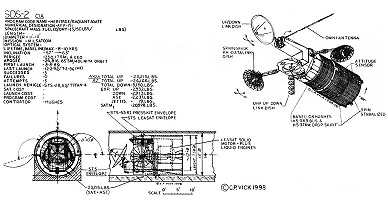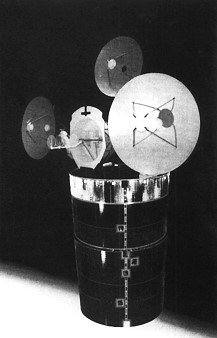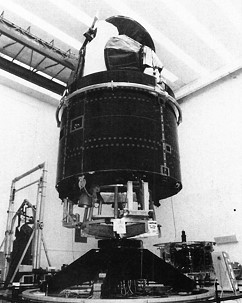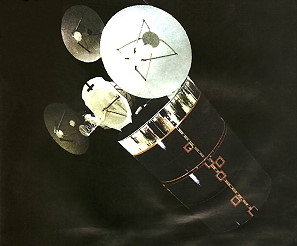Launch from Cape Canaveral (
KSC) and
landing on Cape Canaveral (
KSC), Runway 33.
Launch was originally
scheduled for July 1990. However, a liquid hydrogen leak found on orbiter
Columbia during
STS-35 countdown
prompted three precautionary tanking tests on Atlantis at pad June 29, 1990,
July 13, 1990 and July 25, 1990. Tests confirmed the hydrogen fuel leak on the
external tank side of the external tank/orbiter 432 millimeters (17.0 in) quick
disconnect umbilical. This could not be repaired at the pad and Atlantis rolled
back to the
VAB
on August 09, 1990, was demated, then transferred to the Orbiter Processing
Facility (OPF). During rollback, the vehicle remained parked outside the
VAB
for about a day while the Columbia/
STS-35 stack was transferred to the pad for launch. While
outside, Atlantis suffered minor hail damage to its tiles during a
thunderstorm. After repairs were made in the OPF, Atlantis was transferred to
the
VAB for mating on October 02, 1990. During hoisting
operations, the platform beam that should have been removed from aft
compartment fell and caused minor damage, which was repaired. The vehicle
rolled out to Pad A on October 12, 1990. The fourth mini-tanking test was
performed on October 24, 1990, with no excessive hydrogen or oxygen leakage
detected. During the Flight Readiness Review, the launch date was set for
November 09, 1990. Launch was reset for November 15, 1990 due to payload
problems.
This flight was the
seventh mission dedicated to the
Department of Defense, and most information about it remained classified.
For another time,
NASA did not provide pre-launch commentary to the
public until nine minutes before liftoff. It was the fifth military mission
without a
MSE among the crew members.
Main goal was the
deployment of the reconnaissance satellite AFP-658 (Magnum-3; USA-67.
According to Aviation Week, this satellite was gathering satellite headed for
geosynchronous orbit like those launched by
STS-51C and
STS-33,
launched to monitor the events during the first Gulf War in 1990. Also,
according to Aviation Week, the shuttle initially entered a 204 kilometers (127
mi) x 519 kilometers (322 mi) orbit at an inclination of 28.45° to the
equator. It then executed three
OMS (orbital maneuvering system) burns, the last on
orbit #4. The first of these circularized the orbit at 519 kilometers (322 mi).
Later observers have speculated that USA-67 was instead a secret SDS-2 military
communications satellite, like those deployed on
STS-28 and
STS-53. A publicly released image of the
vertical stabilizer and upper aft bulkhead, similar to the one released from
STS-53, confirms that the ASE (Airborne
Support Equipment) for the
IUS was absent from this flight. The satellite was
deployed on the 7
th orbit and then ignited its rocket motor at the
ascending node of the 8
th orbit, to place it in a geo-synchronous
transfer orbit. Rumors that now appear to have been substantiated by the
identification of an "unknown" geostationary satellite by amateur observers
insist that a second secret payload was deployed: Prowler. Prowler is
reportedly a stealth satellite intended to covertly inspect other nation's
geostationary satellites
The mission was extended one day, because of
too high crosswinds at the original planned landing site Edwards
AFB. Continued
adverse conditions led to decision to shift landing to
KSC.
![]()



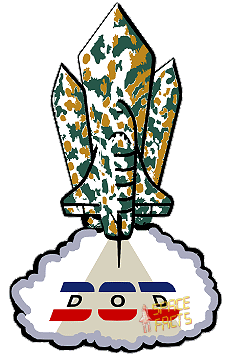
![]()



